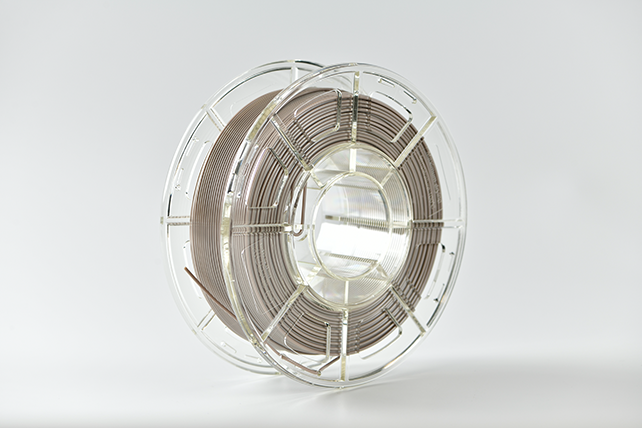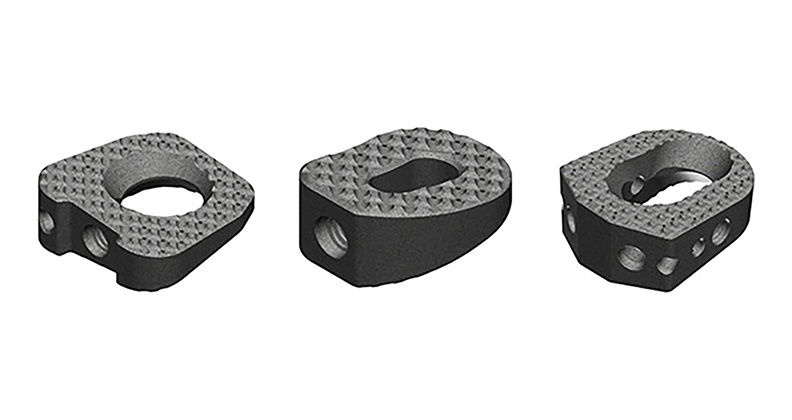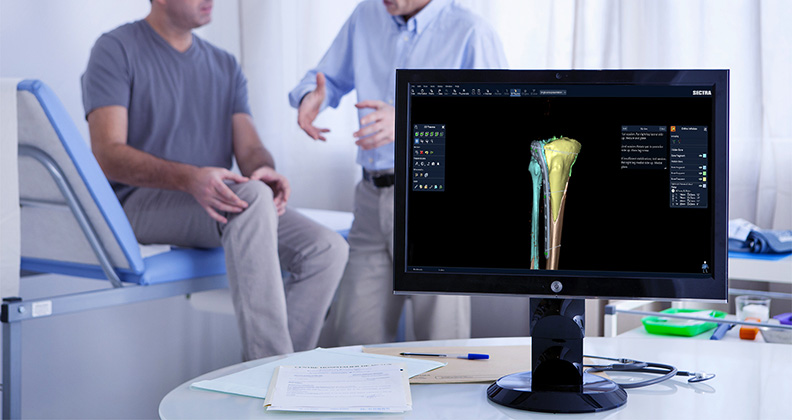
Evonik is further expanding its portfolio of 3D-printable biomaterials for medical technology. The specialty chemicals company has developed VESTAKEEP® iC4800 3DF, a new osteoconductive PEEK filament that improves fusion between bone and implants. The high-performance polymer can be processed in common extrusion-based 3D printing technologies such as fused filament fabrication (FFF).
The new PEEK filament is a biomaterial from Evonik’s VESTAKEEP Fusion product line launched in 2020. The osteoconductivity was achieved by using a functional special additive – biphasic calcium phosphate (BCP). The BCP additive allows bone cells to adhere to implants more quickly, thus positively influencing the boundary, so called osteointegration, between the bone and the implant. This, in turn, is designed to accelerate bone fusion and thus patient recovery.
VESTAKEEP iC4800 3DF was developed for use in the Fused Filament Fabrication (FFF) technology. With a diameter of 1.75 mm, the PEEK filament in natural color is wound onto 250 gram or 500 gram spools. They can be used directly in standard FFF 3D printers for PEEK materials. Tests on various 3D printers as well as customer feedback demonstrate excellent processability of Evonik’s new filament. Furthermore, VESTAKEEP iC4800 3DF has been specially designed so that the functional additives are available directly on the surface of the 3D printed implant without further post-processing.
“No other application field showcases more the classic advantages of 3D printing, such as individualization or design freedom, than medical technology,” says Marc Knebel, Head of Medical Systems at Evonik. “Since the product launch of the first PEEK filament three years ago, we have been expanding the possibilities of modern medical technology in the individual treatment of patients using additive manufacturing by constantly developing new innovative biomaterials.”
Source: Evonik
JAV
Julie A. Vetalice is ORTHOWORLD's Editorial Assistant. She has covered the orthopedic industry for over 20 years, having joined the company in 1999.




